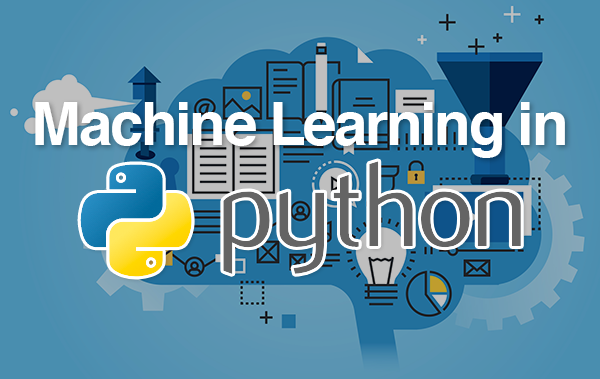How to get Statistical Summary of a Dataset

A statistical summary is a set of descriptive statistics that provide an overview of the key features of a dataset. In this essay, we will go over the steps needed to get a statistical summary of a dataset in Python.
The first step is to load the data that you want to analyze. This can be done using a library such as Pandas or Numpy. Once the data is loaded, you can use the “describe()” function in Pandas to get a statistical summary of the data. This function returns the count, mean, standard deviation, minimum, 25th percentile, median, 75th percentile, and maximum of the data.
For example, if you have a dataset loaded into a Pandas DataFrame called “data”, you can use the “data.describe()” command to get a statistical summary of the data. This command will return a table with the statistics for each column of the data.
Similarly, if you have a dataset loaded into a Numpy array called “data”, you can use the “np.mean()”, “np.std()”, “np.min()”, “np.percentile()”, “np.median()”, “np.max()” functions to get the statistical summary of the data.
It’s important to note that the statistical summary of the data can provide a lot of insights about the dataset, it can help you to understand the distribution of the data, the presence of outliers, and the skewness of the data.
Another important aspect to consider is that some datasets could have missing values, in that case, it’s important to handle the missing values before calculating the statistical summary. There are several techniques to handle missing values, such as dropping the missing values, imputing the missing values, or using the data as it is.
In conclusion, getting the statistical summary of a dataset in Python is a crucial step in understanding the data. The statistical summary of the data can be obtained using the “describe()” function in Pandas, or using functions such as “np.mean()”, “np.std()”, “np.min()”, “np.percentile()”, “np.median()”, “np.max()” in Numpy. The statistical summary of the data can provide a lot of insights about the dataset, it can help you to understand the distribution of the data, the presence of outliers, and the skewness of the data. Moreover, if the dataset has missing values, it’s important to handle them before calculating the statistical summary, there are several techniques to handle missing values, such as dropping the missing values, imputing the missing values, or using the data as it is.
In this Applied Machine Learning & Data Science Recipe (Jupyter Notebook), the reader will find the practical use of applied machine learning and data science in Python programming: How to get Statistical Summary of a Dataset.
What should I learn from this recipe?
You will learn:
- How to get Statistical Summary of a Dataset.
How to get Statistical Summary of a Dataset:
Disclaimer: The information and code presented within this recipe/tutorial is only for educational and coaching purposes for beginners and developers. Anyone can practice and apply the recipe/tutorial presented here, but the reader is taking full responsibility for his/her actions. The author (content curator) of this recipe (code / program) has made every effort to ensure the accuracy of the information was correct at time of publication. The author (content curator) does not assume and hereby disclaims any liability to any party for any loss, damage, or disruption caused by errors or omissions, whether such errors or omissions result from accident, negligence, or any other cause. The information presented here could also be found in public knowledge domains.
Learn by Coding: v-Tutorials on Applied Machine Learning and Data Science for Beginners
Latest end-to-end Learn by Coding Projects (Jupyter Notebooks) in Python and R:
Applied Statistics with R for Beginners and Business Professionals
Data Science and Machine Learning Projects in Python: Tabular Data Analytics
Data Science and Machine Learning Projects in R: Tabular Data Analytics
Python Machine Learning & Data Science Recipes: Learn by Coding